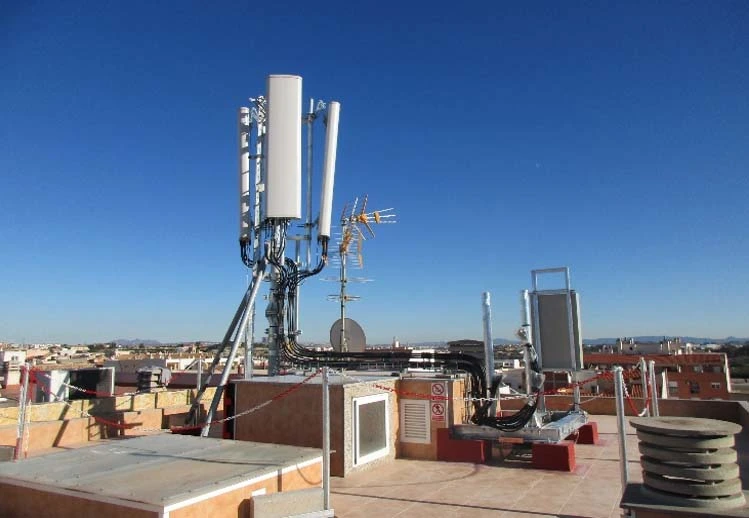Advances in Cell Tower Battery Technology: Latest Developments and Innovative Applications
As mobile communication technology rapidly evolves, the technological progress and innovative applications of cell tower batteries, a critical component of communication networks, are receiving increasing attention. This article explores the latest developments in cell tower battery technology and how innovations are improving performance and reducing operational costs.
Technological Advances
Widespread use of lithium-ion batteries: With reduced costs and improved performance, lithium-ion batteries are gradually replacing traditional lead-acid batteries as the preferred choice for cell tower backup power. Lithium-ion batteries offer higher energy density, longer cycle life, and faster charging speeds, providing more reliable backup power solutions.
Smart monitoring systems: By integrating advanced sensors and data acquisition modules, smart monitoring systems can monitor battery status in real-time, including key parameters such as voltage, current, and temperature. This helps to identify and prevent potential failures early and optimize maintenance and replacement schedules.
Integration of renewable energy: Driven by global carbon reduction goals, more cell towers are adopting renewable energy sources such as solar and wind power. Combined with energy storage batteries, these towers can autonomously power themselves during grid outages while storing excess energy for later use, enhancing energy efficiency.

Innovative Applications
Distributed Energy Storage (DES): Finnish telecom operator Elisa developed a DES system that stores energy during periods of low electricity prices and releases it during peak demand, resulting in cost savings. Additionally, by participating in grid frequency regulation services, the DES system can generate extra revenue for operators.
Battery online monitoring system: Acrel’s battery online monitoring system ensures the safe operation of cell tower batteries through real-time monitoring and warning functions. The system supports remote access and management, reducing both maintenance and time costs.
Power management for 5G towers: As 5G networks are deployed, the energy demands of cell towers continue to grow. Through the use of efficient power management and energy recovery technologies, cell tower batteries can better accommodate the high power requirements of the 5G era.
Conclusion
The technological advancements and innovative applications of cell tower batteries not only enhance the stability and reliability of communication networks but also bring economic benefits to operators. As technology continues to evolve, future cell tower batteries will become more intelligent and efficient, providing a solid foundation for the growth of the mobile communication industry.
Contact us
- Email:[email protected]
- Tel: +86 13651638099
- Address: 333 Fengcun Road, Fengxian District, Shanghai
Get A Quote Now!
Related product links are available directly
Site storage products:Site storage products 归档 – (energystoragecontainer.com)
Lithium Battery:Lithium Battery 归档 – (energystoragecontainer.com)
Read more

Five Advantages of Residential Solar Power: Why Choose Photovoltaic Energy?
As global energy demands continue to rise and environmental issues become more urgent, more and more households are turning to solar power systems. Residential solar photovoltaic (PV) power generation not only helps save energy and reduce carbon emissions but also provides numerous practical benefits in daily life.

Comparison of Functions and Applications Between Home Energy Storage Systems and Outdoor Mobile Power Sources
As our world becomes increasingly reliant on energy-efficient solutions, two popular products have emerged to meet different power needs: the home energy storage system and the outdoor mobile power supply (or portable power station).

From Sun to Socket: An Analysis of the Whole Process of Home Solar Power Generation
Solar energy is no longer just a futuristic concept; it’s here and it’s powering homes across the globe. But have you ever wondered how that sunlight streaming onto your roof gets turned into electricity to charge your devices?

Nighttime Solar Energy: How to Use Energy Storage to Achieve a 24-Hour Power Supply
For many homeowners, the dream of achieving a reliable household solar energy system that can provide power around the clock is becoming a reality. With advances in energy storage devices, especially lithium batteries, even a dark night doesn’t have to mean an interruption in power.
